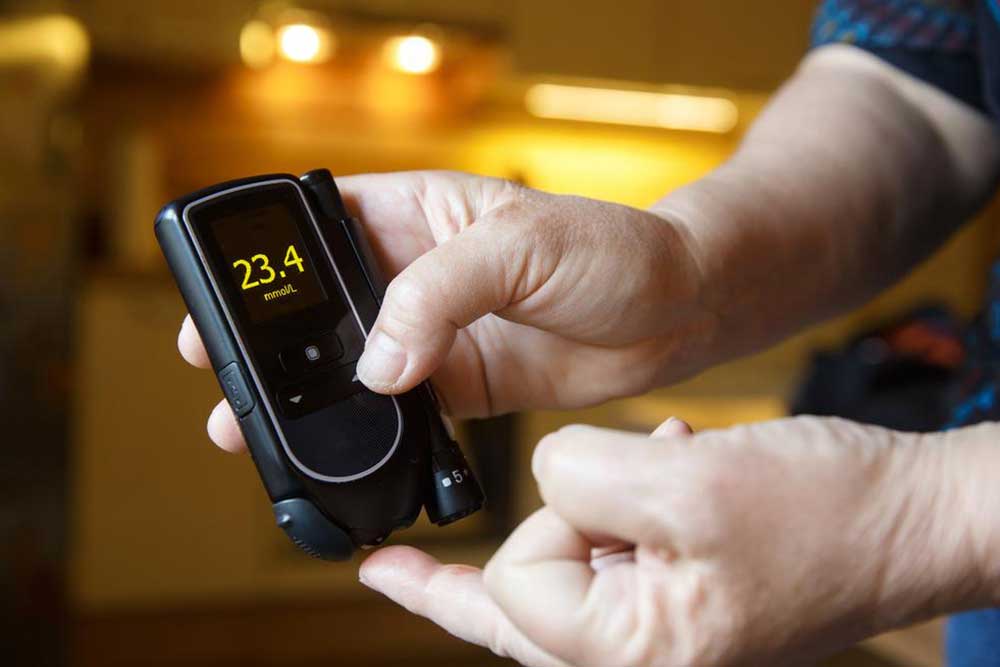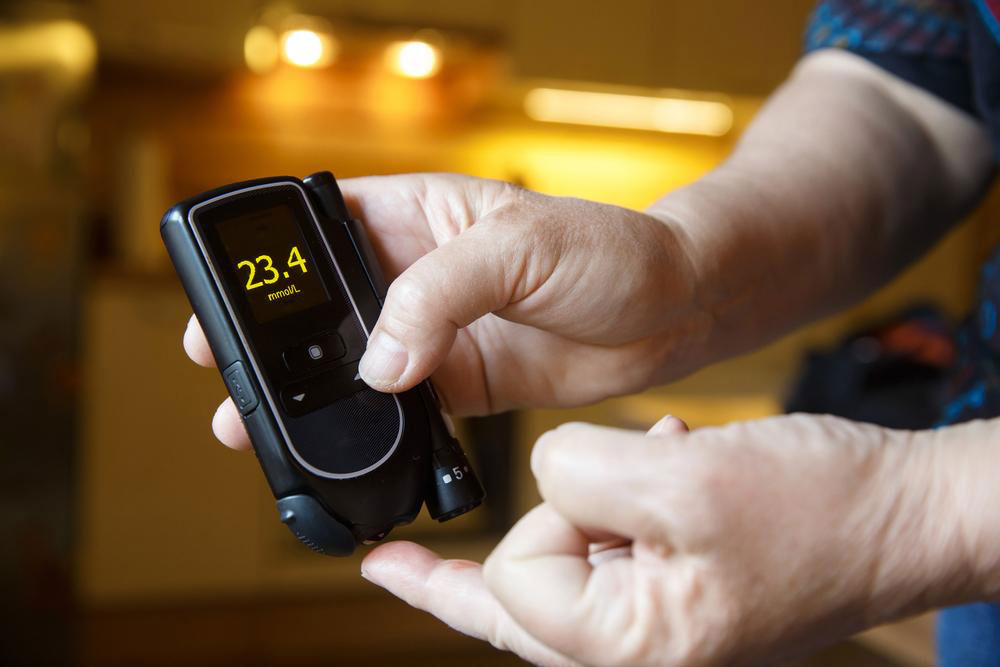Early Signs and Symptoms of Diabetes You Should Know
Discover the early signs of diabetes to enable prompt diagnosis and treatment. Learn about symptoms like fatigue, frequent urination, blurred vision, and wound healing issues. Recognizing these indicators early can help prevent serious health complications and improve management outcomes. This comprehensive guide explains how insulin regulation affects blood sugar and emphasizes the importance of early detection and lifestyle management to control diabetes effectively.

Diabetes is a widespread metabolic disorder that affects millions worldwide. Understanding the role of the pancreas and insulin production is vital in comprehending how diabetes develops and manifests. The pancreas, an essential gland located behind your stomach, produces insulin, a hormone responsible for regulating blood glucose levels. When insulin production or function is impaired, blood sugar can become abnormally high, leading to a condition known as hyperglycemia. Conversely, low blood sugar levels, or hypoglycemia, can also cause health complications. Recognizing the early signs and symptoms of diabetes can be crucial for early intervention and effective management.
In healthy individuals, blood sugar levels fluctuate within a regulated range. Typically, fasting blood glucose levels in non-diabetics are between 3.9 and 5.5 mmol/L (millimoles per liter) in the morning. For individuals with diabetes, the target fasting blood glucose is slightly higher, generally between 4.4 and 7.2 mmol/L. Maintaining these levels is essential for overall health and preventing complications.
Diabetes often presents with subtle symptoms initially, which many people might dismiss or overlook. Recognizing early indicators can significantly improve treatment outcomes. Common early signs include persistent fatigue, which results from the body's inability to efficiently utilize glucose for energy; frequent urination, caused by high blood sugar pulling water into the urine; dehydration, stemming from excessive urination; blurred vision, due to fluid shifts in the eyes; shakiness, which may indicate fluctuating blood sugar levels; and slow healing wounds, as high blood sugar can impair the body's natural healing processes. Other symptoms might include increased thirst, unexplained weight loss, and recurring infections.
Understanding these signs aids in early diagnosis and management of diabetes, potentially preventing severe complications like cardiovascular disease, nerve damage, kidney issues, and vision loss. Lifestyle modifications such as a balanced diet, regular physical activity, and maintaining a healthy weight are often effective in controlling blood sugar levels. In some cases, medication or insulin therapy may be necessary to achieve optimal control. Regular check-ups and blood sugar monitoring are critical components of diabetes management.
If you experience any of these symptoms, consulting a healthcare provider for blood tests and further evaluation is advised. Early detection and appropriate treatment can help manage the condition effectively, improve quality of life, and prevent long-term health issues associated with diabetes.





